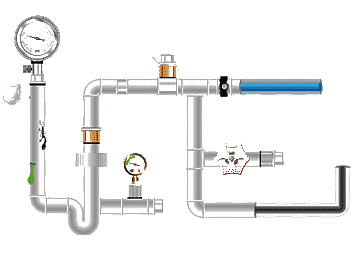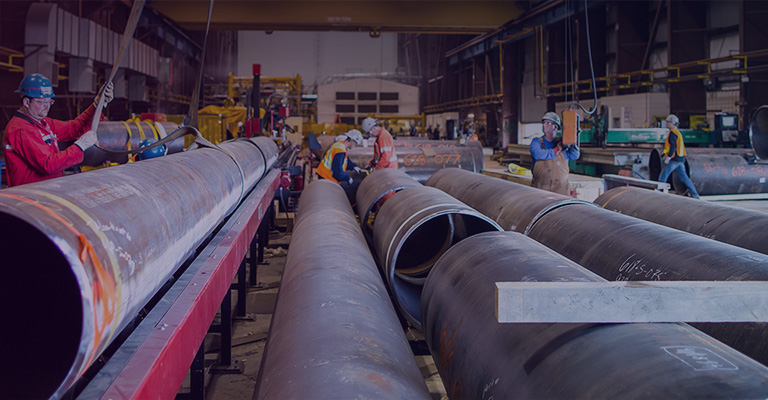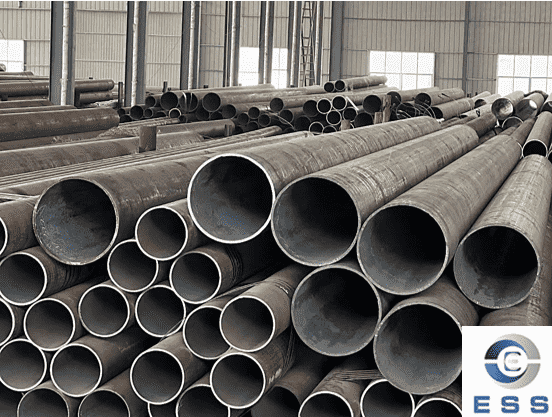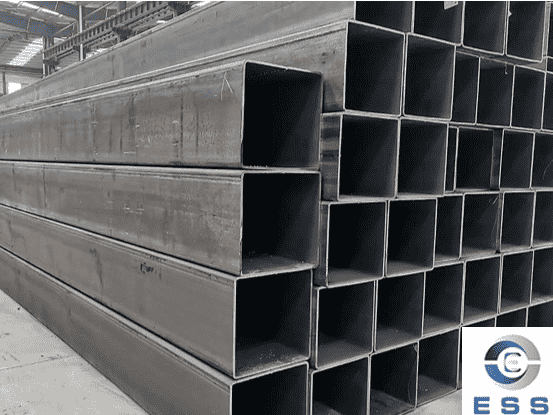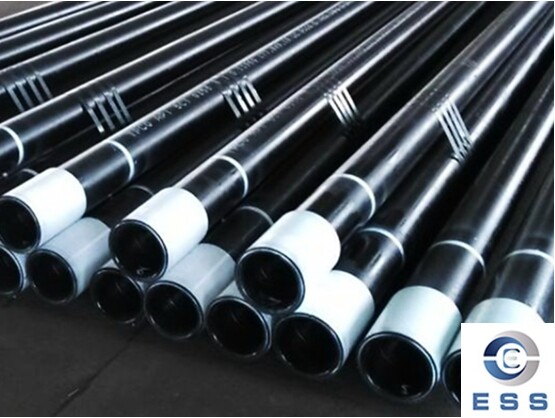The difference between tubing and casing
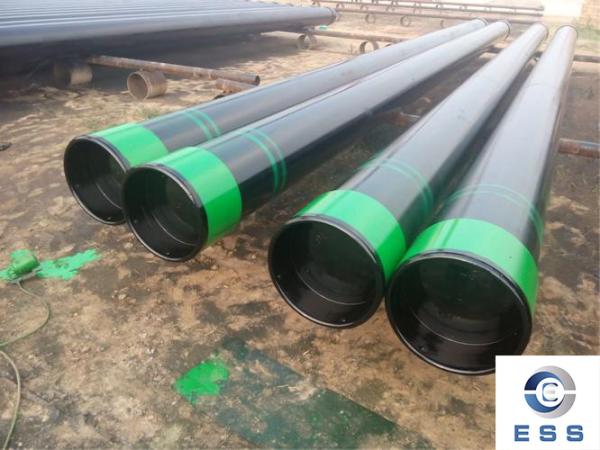
Tubing and casing concept
Tubing and casing are two important pipes in oil wells. Tubing is a transportation pipe, generally made of stainless steel, galvanized steel or plastic, which is used to transport oil and gas in the reservoir to the surface and support the weight of the drill bit and casing. Casing is a pipe installed during the drilling process to secure the borehole, strengthen the well wall, complete the oil and gas well cement, stabilize the formation and prevent the well wall from collapsing.
In what ways do tubing and casing differ?
The difference between tubing and casing
1. Different structures
Tubing pipes are relatively thick and large in diameter, and are mainly made of seamless pipe. The casing is relatively thin and is mainly made of welded pipe or alloy pipe. Casing is also divided into multi-stage casing, which is a combination of cylindrical pipes of different diameters. Multi-stage casing is mainly used to support drilling operations and strengthen the well wall.
2. Different uses
Although both tubing and casing are pipes used in oil drilling, their uses are different. In the process of oil well drilling, tubing pipes are mainly used to discharge cuttings and mud from the well, support the weight of the drill bit and its ancillary equipment, and are located shallowly in the well. At the same time, tubing pipes can also be used as production pipes and water injection pipes. Casing is mainly used to stabilize the well wall and line the hole.
In the oil and gas extraction process, tubing is mainly used to transport oil and gas from the well to the surface, and equipment can be deployed at the wellhead for production testing. As one of the main structures of oil wells, casing is mainly used to support the well wall and wellbore to stabilize the formation, fill the well wall space, improve the stability of the wellbore, prevent wellbore collapse and collapse, and ensure the safety of well equipment and production. Therefore, the two have different purposes in the drilling process and oil and gas production.
3. Different performance
There are certain differences in the application environments of tubing and casing, so their properties are also different. Tubing pipes need to withstand the impact and corrosion caused by the transported fluid, so the surface needs to undergo more complex treatments to improve its corrosion resistance and wear resistance. The casing needs to withstand higher pressures, so it is usually made of more corrosion-resistant materials and reinforced on the surface.
4. Different morphological characteristics
Tubing pipes refer to pipes in oil wells that are in direct contact with oil and natural gas. Generally, the tubing pipe is a single pipe structure with a smooth cylindrical shape on the outside. The length and diameter of the pipe can be designed and manufactured according to the depth and production of the oil well. Tubing pipes are usually made of high-strength alloy steel to adapt to harsh working environments such as high temperature, high pressure, and corrosion. The parameters of the inner diameter and wall thickness of the tubing pipe are almost always designed and manufactured according to the working conditions of the oil well to ensure the firmness and stability of the tubing pipe.
Casing is a layer of pipe placed outside the tubing pipe to form a double-pipe structure. The gap between the casing and the tubing can be filled with mud to enhance the stability of the well wall. At the same time, some wells can also add some graphite or coating between the tubing and the casing to reduce wear and friction. Compared with tubing pipes, the outer part of casing is relatively thicker, and its length and diameter are still designed according to the actual working conditions of the oil well. Since there are many types of casing, the shape of the casing can be designed in different shapes according to different needs, but all have strong corrosion resistance and stability.
Specifically, the tubing pipe has a single-pipe structure, while the casing has a double-pipe structure. The casing is thicker than the tubing pipe in appearance, and its internal diameter is relatively smaller. In addition, the materials used in casing are generally harder and more corrosion-resistant than tubing pipes. Since the casing has a certain thickness, it can well prevent problems such as well wall collapse and formation expansion during the mud filling process.
5. Different mouth shapes
The mouth shapes of tubing and casing are slightly different, mainly due to their different applications and structures. Tubing pipes generally use threaded connections, and their mouth shapes can be divided into internal threads and external threads. The specific mouth shapes and sizes vary according to different types of tubing pipes. The mouth shape of the casing is generally trapezoidal, hexagonal or other regular shapes, and is generally connected by casing buckles or steel bar buckles. The specific mouth shape and size are also determined according to different types of casing.
6. Different production processes
(1) Different material selections
The thickness of tubing pipes is relatively thin, and seamless steel pipes or welded steel pipes are generally used. Mainly considering their high strength, good corrosion resistance and stability, there is no need for excessively thick pipe walls. Since the required thickness of casing is thicker than that of tubing pipe, it is generally made of thicker steel plates, which are compounded through multiple processes, taking into account its compressive strength and gravity.
(2) Different process flows
The production process of tubing pipes is relatively simple, generally using processes such as hot rolling and cold drawing. The manufacture of seamless steel pipes requires multiple processes such as continuous casting, rolling, and perforation. The production of casing is more complicated and requires multiple processes such as cutting, edge pressing, and pre-bending. It involves multiple bends, thread processing with high precision requirements, and hot rolling of seamless steel pipes, which increases the difficulty and cost of production.
(3) Different testing standards
After the casing is produced, multiple indicators such as threads and pipe wall density need to be inspected and measured, and strict tests such as pressure testing are also required. Tubing pipes only need a rough inspection of some conventional indicators.
(4) Quality control is different
Quality control is also different for tubing and casing. Tubing pipes generally require chemical composition analysis, mechanical property testing and fine structural inspection. The casing needs to be quality inspected in many aspects such as thickness, bending, and welded joints.
7.Oil well locations are different
Tubing pipe is a pipe that is lowered into the octg casing when the oil well is normal. In a blowout well, the tubing flows into the ground through the tubing pipe and enters the gathering and transportation process. In mechanical production wells, octg pipe, sucker rods, and deep well pumps (i.e., "three pumping" equipment) are combined to pump tubing to the surface and enter the gathering and transportation process.
Octg casing is a pipe that is lowered into the well after drilling. The casing and the well wall are sealed with cement, and then a perforating gun is used to perforate the target layer to allow the tubing to flow through the rock formation, cement sheath, and casing. At the bottom of the well, enter the tubing pipe to the surface. The main functions are:
(1) Reinforce the well wall to prevent formation collapse;
(2) Seal different tubing layers and water layers to achieve layered mining;
(3) It is convenient to implement fracturing, acidification and other measures and maintenance operations.
(4) Form an tubing flow channel and cooperate with the tubing pipe to achieve the purpose of tubing production.
The sequence is: after the oil well is drilled, the casing is run in. The space between octg casing and the well wall is sealed with cement, and the tubing pipe is run into the casing. The tubing pipe is equipped with downhole tools such as tubing packers and pumps. A sucker rod is lowered into the tubing pipe, and the sucker rod pulls the piston of the pump to reciprocate up and down. In this way, the tubing is pumped to the ground.
Read more: Specifications and dimensions of oil casing









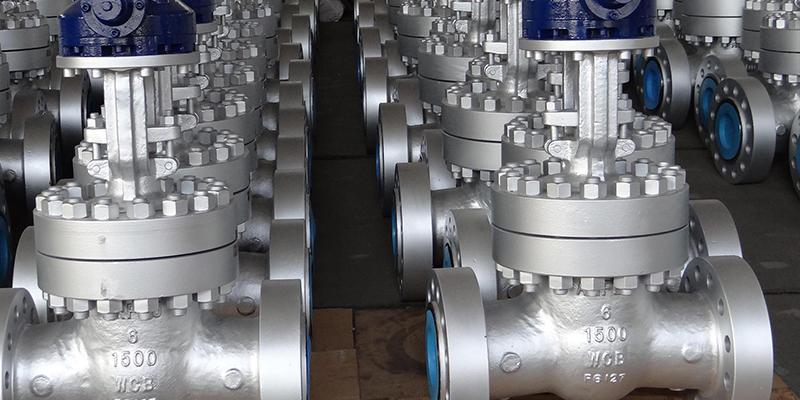
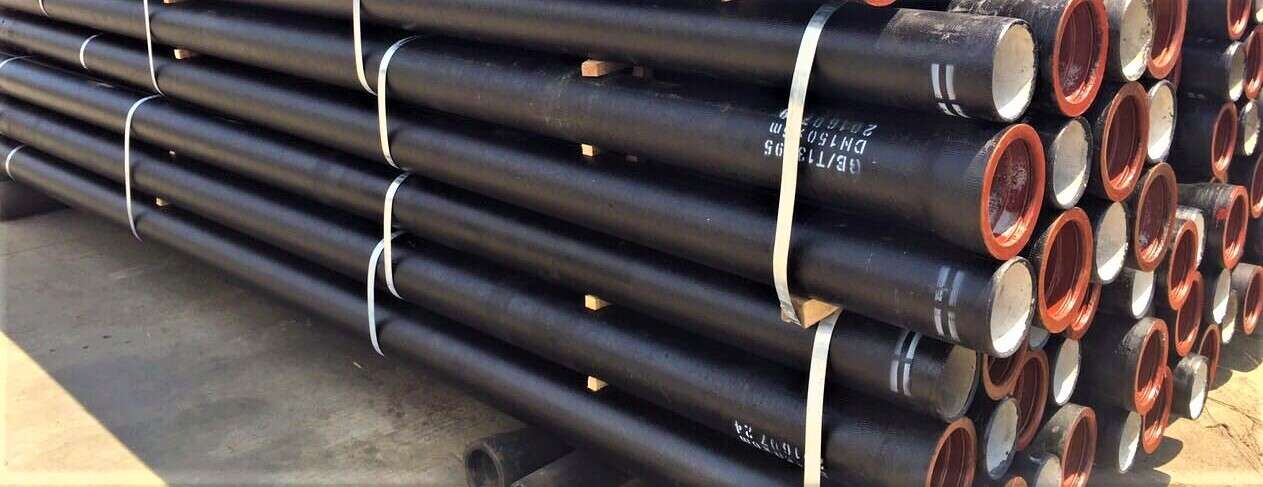


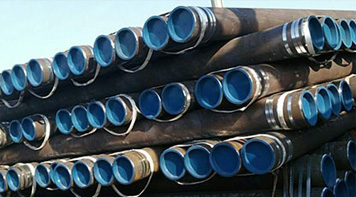 Eastern Steel Manufacturing Co.,Ltd not only improve product production and sales services, but also provide additional value-added services. As long as you need, we can complete your specific needs together.
Eastern Steel Manufacturing Co.,Ltd not only improve product production and sales services, but also provide additional value-added services. As long as you need, we can complete your specific needs together.
